We actually come to Palenque because of one attraction. This attraction is the excavation site of Palenque with its Mayan ruins in the foothills of the lowland jungle which we had just visited in the Montes Azules National Park. The exposed parts of the ruins of Palenque are accordingly directly surrounded by tall trees with a dense green canopy.
Originally, Palenque was called “Lakamha”, which means “Big Water”. This probably comes from the fact that there are numerous small streams flowing through the site and further down a waterfall, which provides a nice rounding off to our visit to the ruins of Palenque.
The Mayan ruins in Palenque are probably one of the more unusual of the Mayan cultures and are considered one of the best preserved (next to Tikal in Guatemala) and earliest discovered.
Ruins of Palenque
The excavated and restored buildings and pyramids are made in the Maya-typical stepped construction. Countless stone blocks were built on top of each other with great craftsmanship in order to erect the large constructions.
We can visit a sun temple as well as a cross temple and the surrounding former buildings and structures. In the meantime, we are already a little bit practiced in Maya constructions and we can recognize the field for the important ball games and further structures for dwellings in the complex.
The entire site was once probably over 20 square kilometers in size and at its peak probably housed about 20,000 people. However, only about 15% of the area has been excavated and restored, the large remainder stays jungle for now.
The transition between forestation and ruins is fluid, in some places we can still sense the original state in which the ruins were found before the restoration. Of course, we do not miss the opportunity to visit a part of the overgrown complex.
Jungle Excursion in Palenque
In Palenque there are two official trails through the adjacent jungle and to other hidden ruins. We are especially interested in seeing the condition of the ruins before the excavations. After all, as mentioned above, of all the ruins in Palenque, just 15% have been excavated and restored to this day.
On our way – it is actually a constructed path – in the National Park of Palenque we meet two small watercourses that we cross to finally arrive at the Olvidado temple. It is more or less a pile of artificially formed rectangular stones. Only at the top a structure can be seen, we also suspect that at the top of this temple restoration work has been done before. But all in all, we can understand how the site was first encountered by the first explorers in the 18th century. Really exciting. But due to the high humidity and the heat we soon return to visit the last buildings in the main complex before we continue our journey towards Mérida.
The complex in Palenque is beautifully prepared and is worth a visit. The path through the ruins is very well maintained and especially the last part before the exit on our way from the upper part of the complex back to the parking lot at the lower part of the complex past waterfalls and other Maya structures has pleased us. As always, we could now illuminate the historical explanations and relationships between the Mayan cities. But somehow this is not the most important thing in our focus. Especially since many circumstances have been handed down poorly and much must be based on myths from the local Mayan tribes. In addition, the Mayan tribes were persecuted and suppressed by the colonial power for a long time, which did not contribute to a better transmission of the facts.
And now our journey continues on the humid and mostly densely vegetated peninsula of Yucatán. We are excited and are looking forward to the next summer days on our journey!
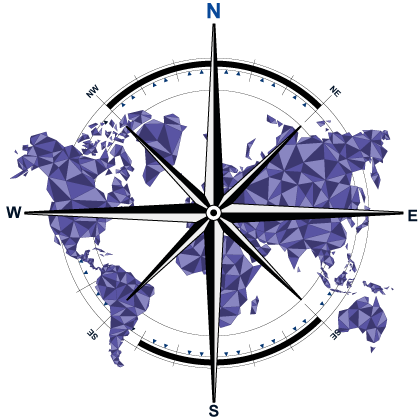


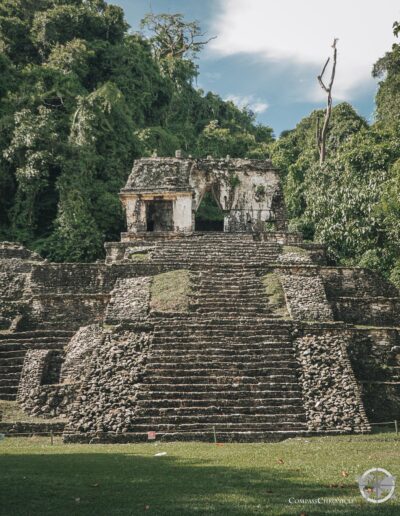




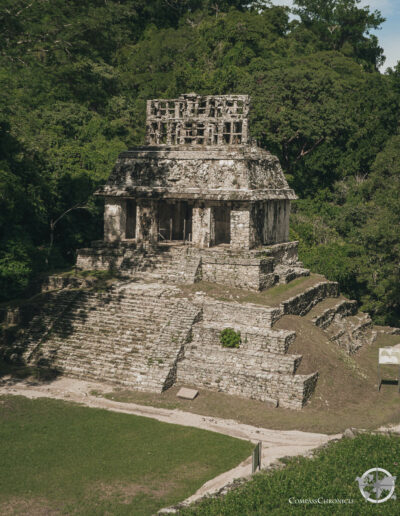


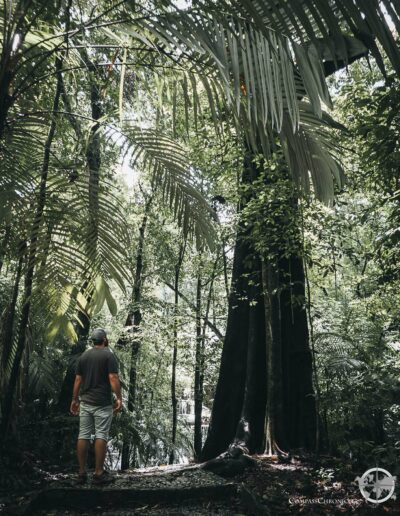

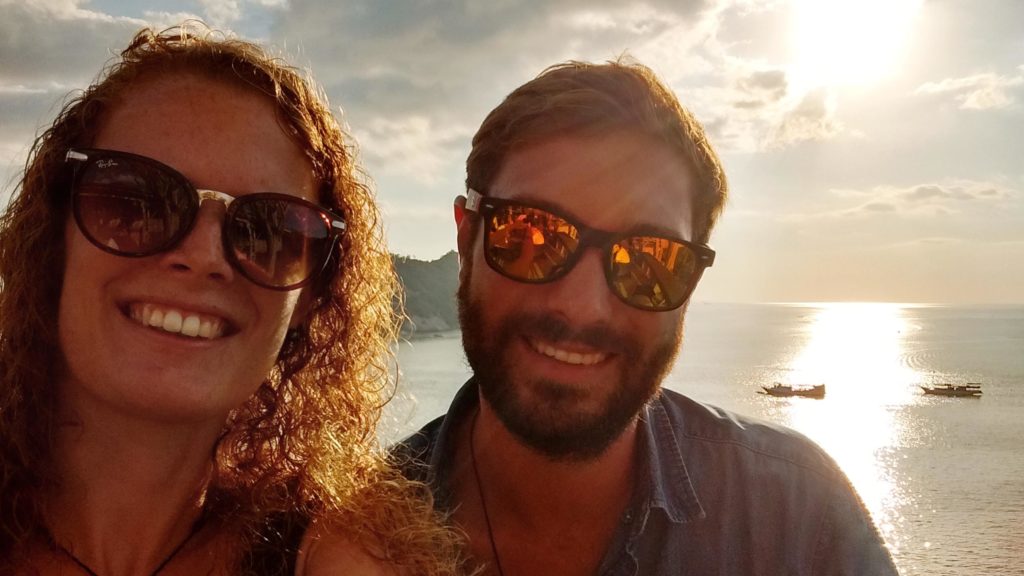
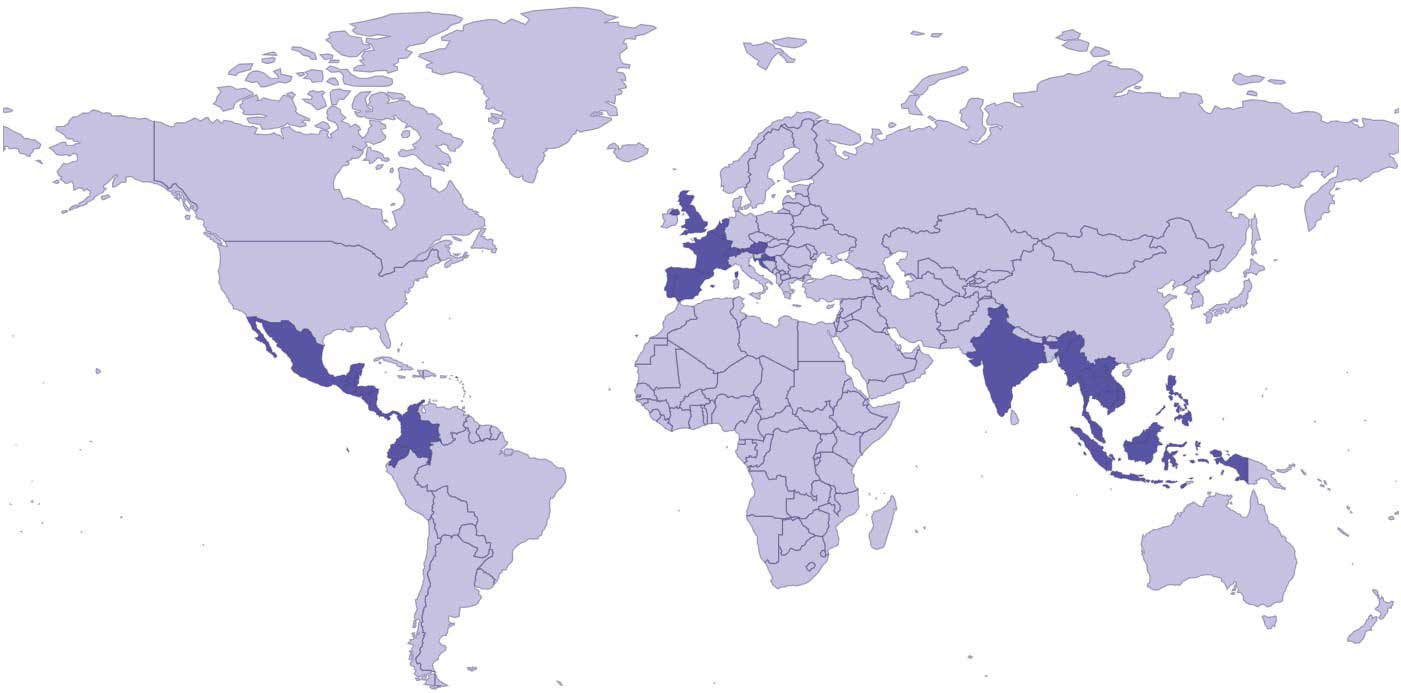

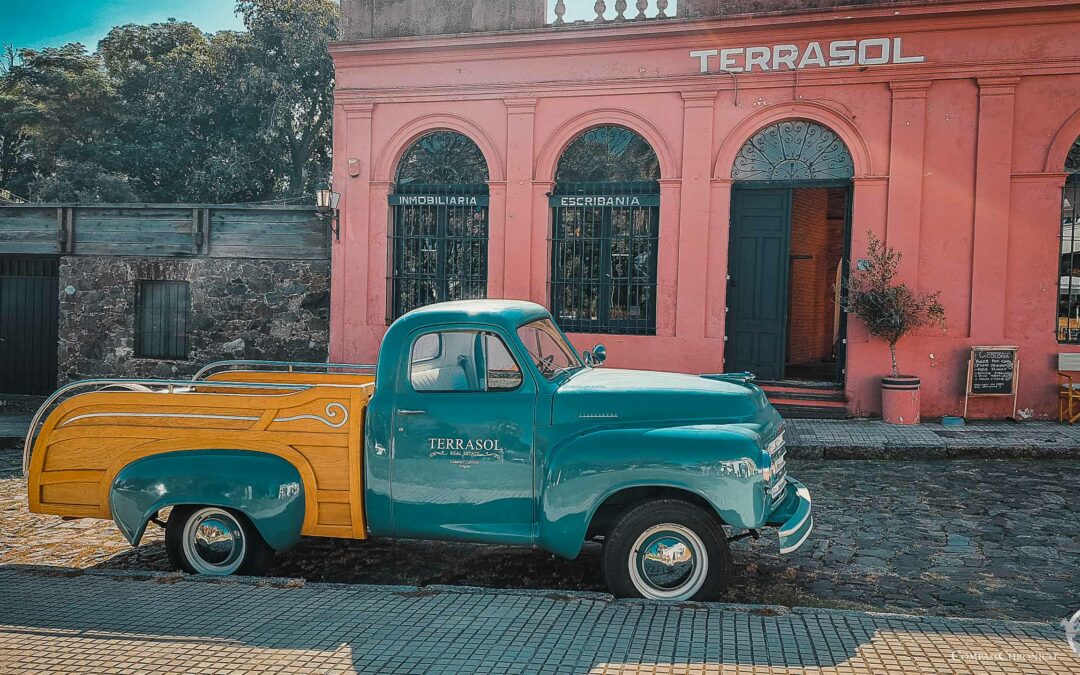
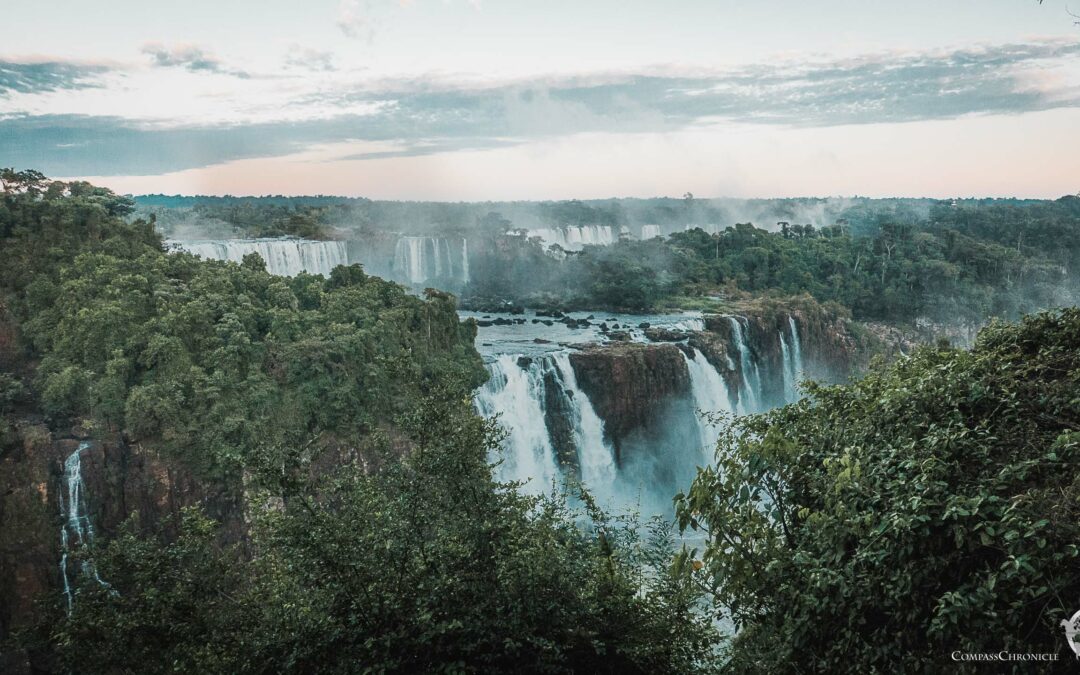
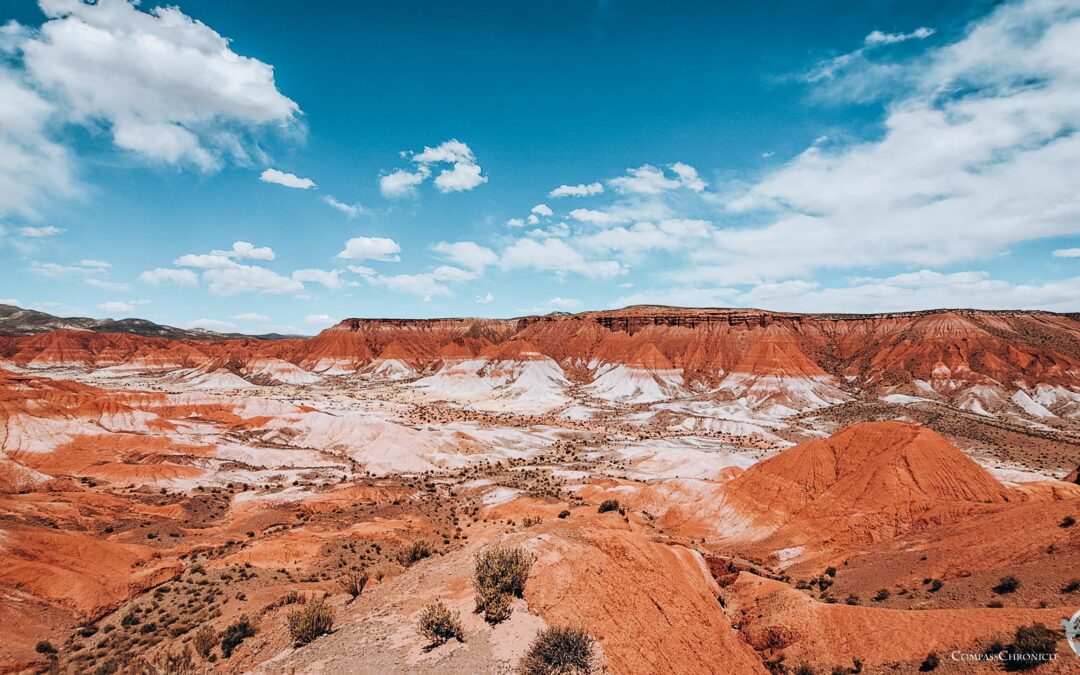
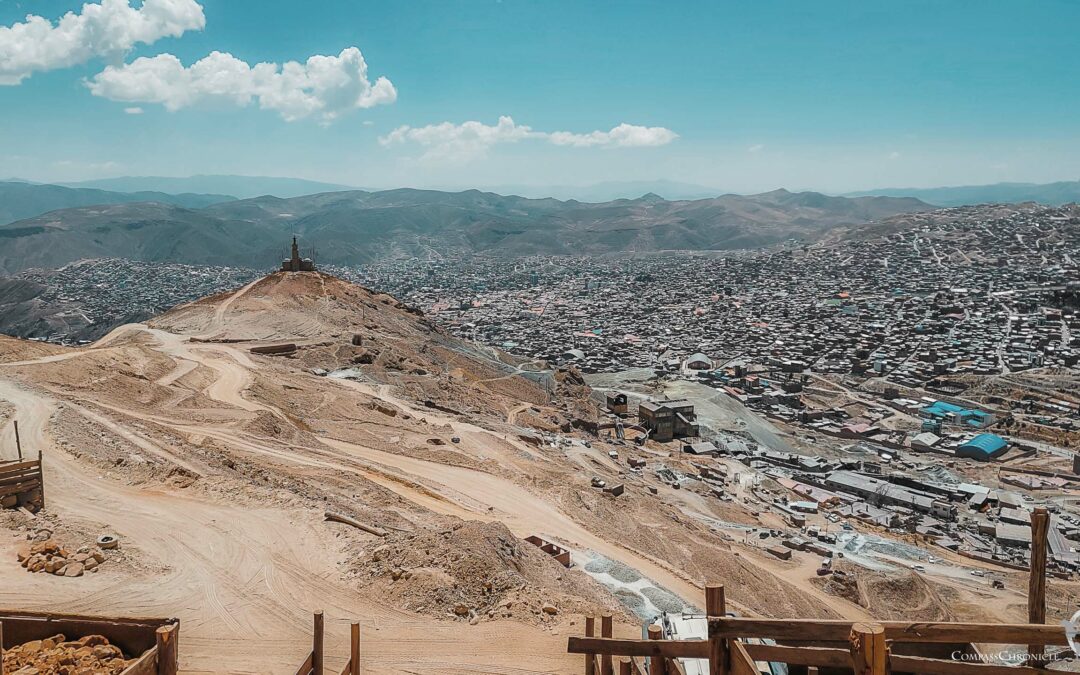
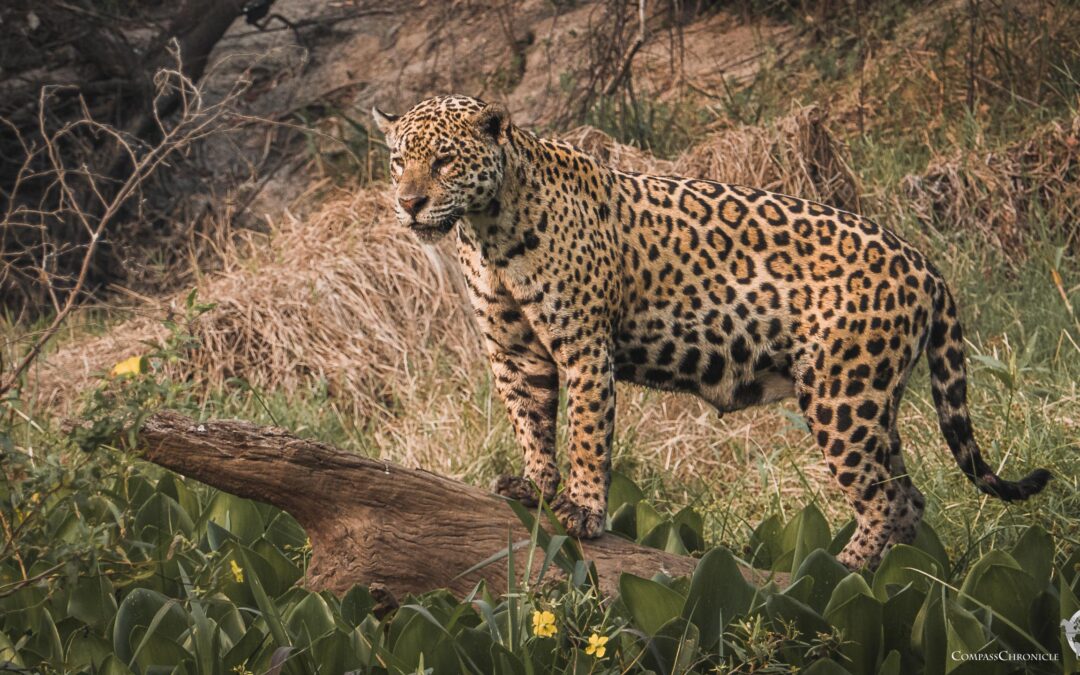
0 Comments